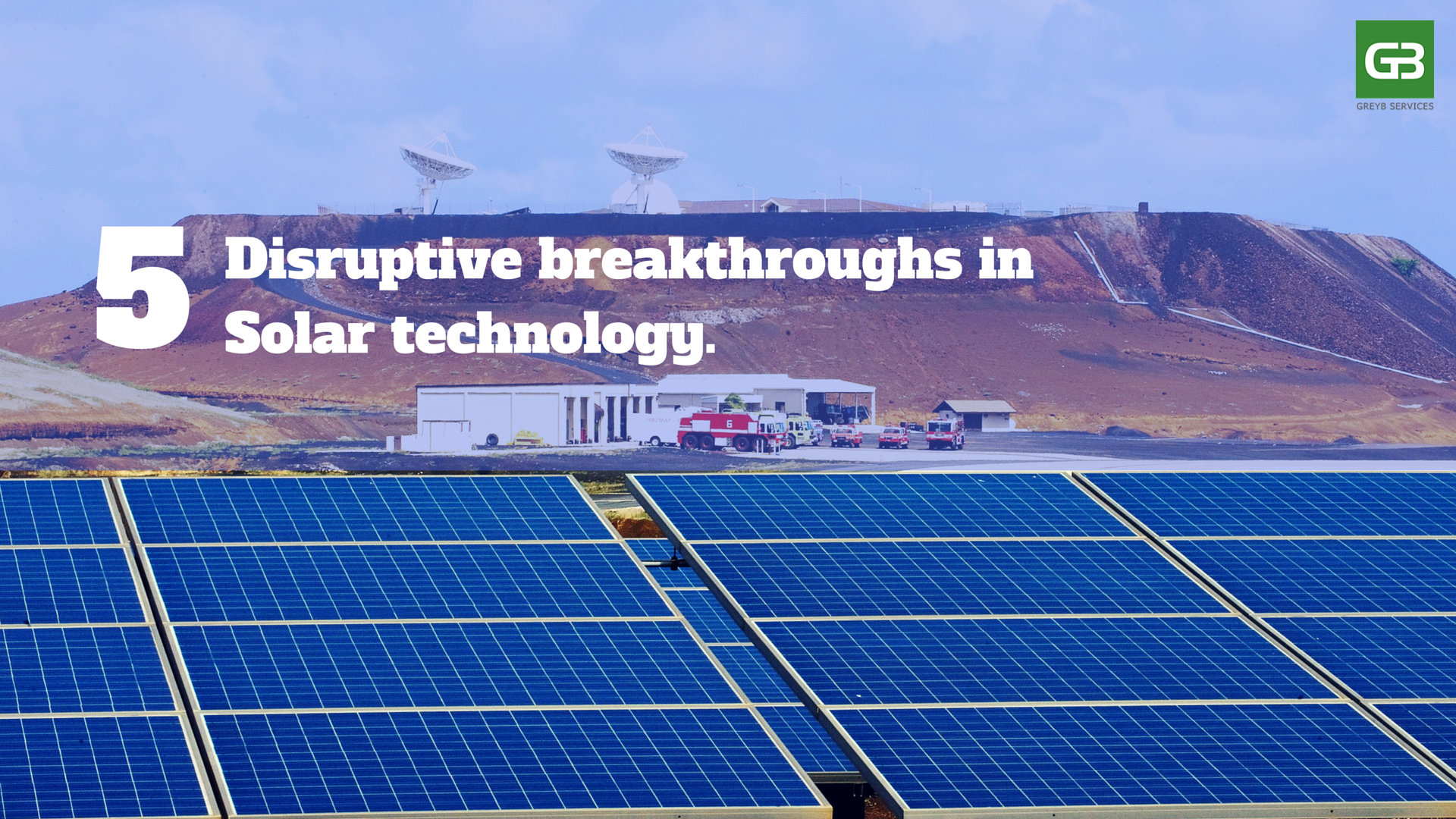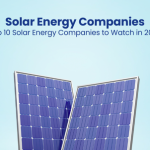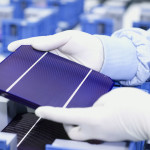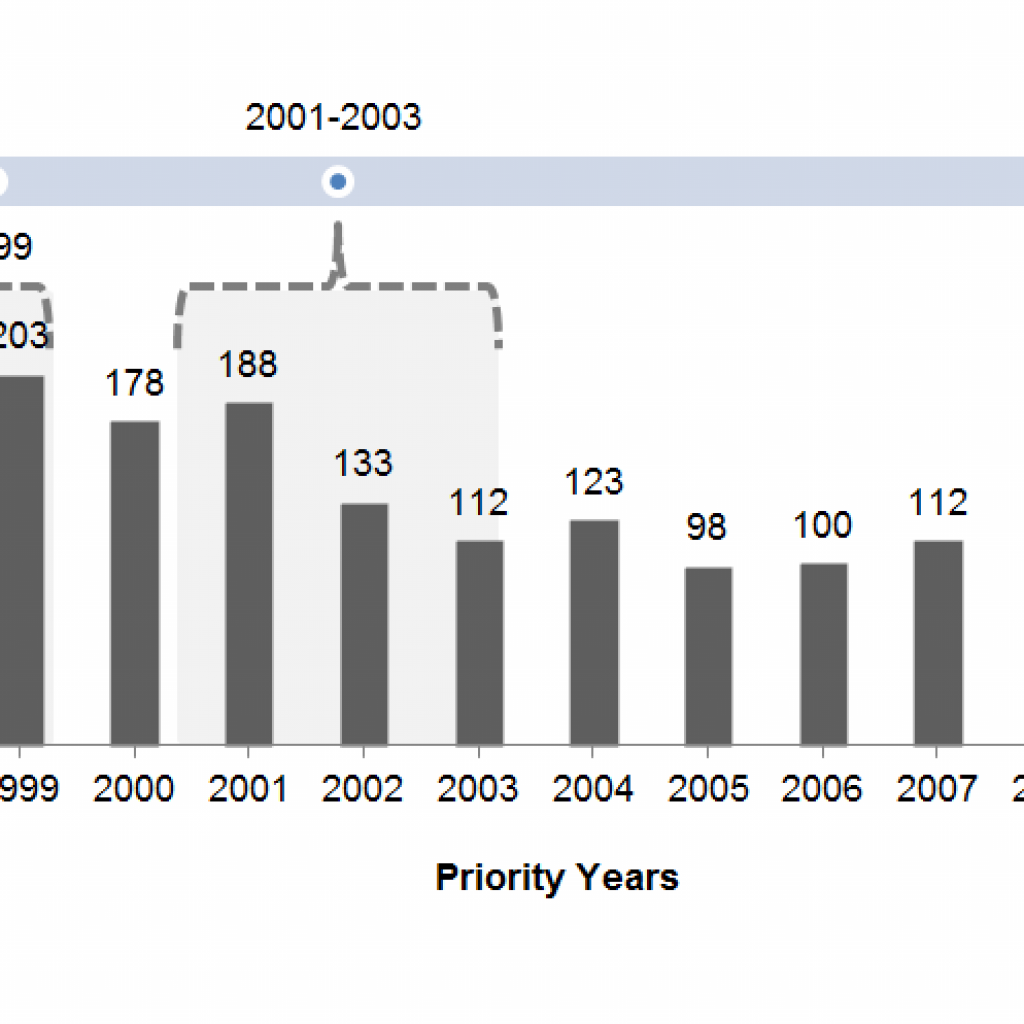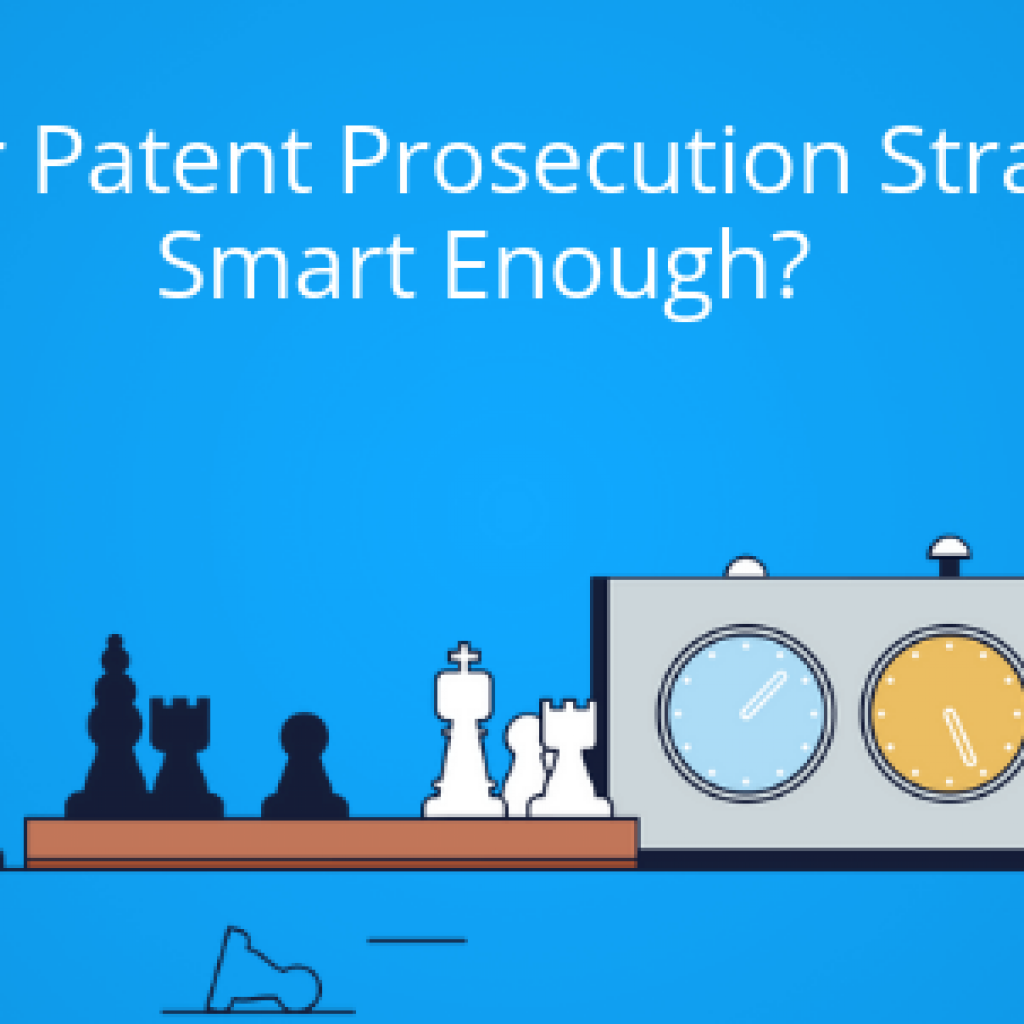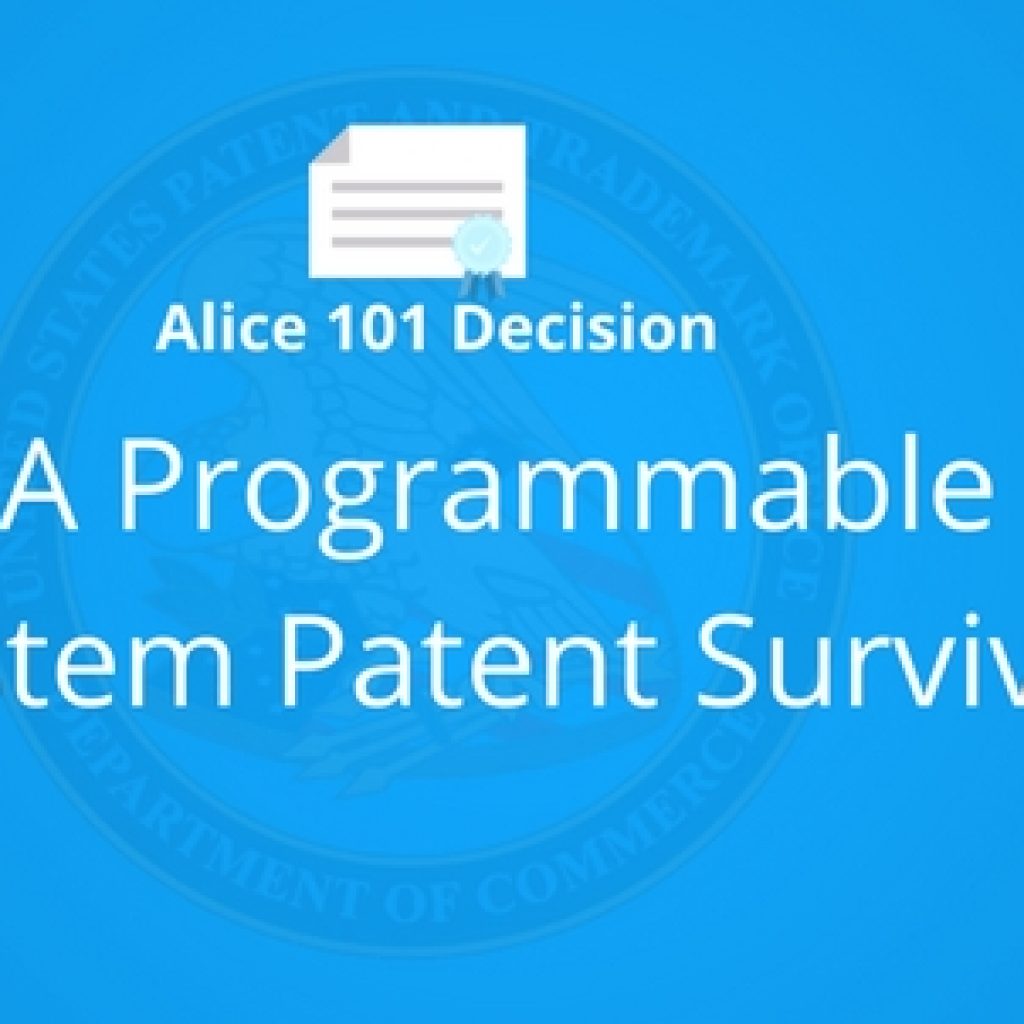Earth receives enough sunlight to generate around 52 Petawatt/hr of energy. To give you an idea, China’s entire electricity production in 2013 was 5.21 Petawatt/hr which is equal to 10% of what sunlight can produce in an hour.
Also, top 10 countries of the world, in terms of electricity production, in 2013, produced 16 Petawatt of electricity. This is still way less than the actual potential of solar energy hitting the planet Earth. This is why countries have been spending on R&D of photovoltaic cell way more than ever for quite some time.
In 1995, Hoffman Radio introduced first solar cell which was costing $25 or $1,785/watt and was 4% efficient only. Today, a solar cell may cost you as low as just $0.74 per watt. Further, the efficiency has got boosted too, from 5-10% to above 40%.
This fall in price and increase in the efficiency is a result of breakthroughs of the past. As for a scientist, a breakthrough never goes out of the style; hence such breakthroughs are still in fashion. And in this article, we have brought five recent breakthroughs in the solar cell domain which in conjunction can skyrocket the efficiency while bringing prices on the ground.
Apart from the breakthrough that this article is focused on, we have covered an entire technology landscape of photovoltaic domain, especially about the role of nano-technology in making solar cells more efficient and mainstream. We divided our analysis in 4 parts (including this one) focusing on different aspects. Here’s a small menu listing everything that we have covered in our analysis so that you can jump on the parts that are most relevant to you:
- Disruptive Breakthroughs In Solar Cells
- Solar Now Cheaper Than Oil, What Future Holds For Nano Photovoltaic Cells
5 Recent Breakthroughs of Solar Cell Domain
1. The Printable Solar Cells by NJIT
Researchers at New Jersey Institute of Technology (NJIT) have developed a solar cell which you can print or paint on a surface.
“Someday homeowners will even be able to print sheets of these solar cells with inexpensive home-based inkjet printers. Consumers can then slap the finished product on a wall, roof or billboard to create their own power stations”, said the lead researcher Dr. Mitra.
The printable solar cell by NJIT uses carbon nanotubes that are 50,000 times smaller than a human hair.
2. Flexible First all-carbon Solar Cell
The wonder material graphene has applications in hundreds of fields of which one is solar cells. Scientists at Stanford have used graphene to make a flexible solar cell which is made of carbon only.
“Perhaps in the future, we can look at alternative markets where flexible carbon solar cells are coated on the surface of buildings, on windows or on cars to generate electricity,” said Zhenan Bao, a professor of chemical engineering at Stanford.
This all-carbon solar cell will make solar cell way cheaper by replacing the expensive materials used in the manufacturing of a solar cell.
3. Transparent Solar cells for Windows and Windshields
A team of researchers at Michigan State University has developed a solar cell which doesn’t absorb light from visible spectrum and appears transparent. This non-intrusive solar cell could be used in windshields of vehicles, on window panes of buildings, smartphones etc.
“It can be used on tall buildings with lots of windows or any kind of mobile device that demands high aesthetic quality like a phone or e-reader. Ultimately we want to make solar harvesting surfaces that you do not even know are there,” says Richard Lunt, an assistant professor at MSU.
The transparent solar cells, at present, are in their initial stage and provide an efficiency of 1% only. However, in the future, this could be taken to 5-7%.
4. Ultra-Thin Solar Cells for Wearable Devices
Using the semiconductor gallium arsenide, South Korean scientist recently have developed solar cells just 1 micrometer thin. A human hair is around 100 – 200 micrometer thin which is 100 xs thicker than these cells.
“Our thin cells can be integrated onto glasses frames or fabric and might power the next wave of wearable electronics,” says Jongho Lee, an engineer at the Gwangju Institute of Science and Technology.
The scientists were able to achieve a thickness of this level by removing the extra adhesive from the cell as in traditional panels. The cells were directly cold-wielded on a flexible substrate at 170 degree Celsius.
Note: I believe you will also find this one interesting: 5 Disruptive Technologies of Rocket Propulsion System
5. A Way to 100% Efficient Solar Cell
Researchers at the University of Cambridge have found a way to make a more efficient solar cell by harvesting 100% of the energy carried by excitons. The hybrid cell is a combination organic material – cheap and easily available, and inorganic material – high conversion efficiency.
Also, scientists at National Renewable Energy Lab claims to develop a solar cell with 100% external quantum efficiency. Further, a paper at Journal of Solar Materials discloses an accidental discovery of a semiconductor material that can convert the 100% of the sunlight into electricity.
This is the renewable energy breakthrough that the whole world has been hoping for. – Olaf Pirlo, Principal Investigator
Authored By: Shabaz Khan, Research Analyst
Access Other Parts of The Series:
- Top Companies Filing Patents in Nano Photovoltaic Cell Technologies
- Top Countries and Universities Researching in Nano Photovoltaic Cells
- 5 Disruptive Breakthroughs In Solar Cells

